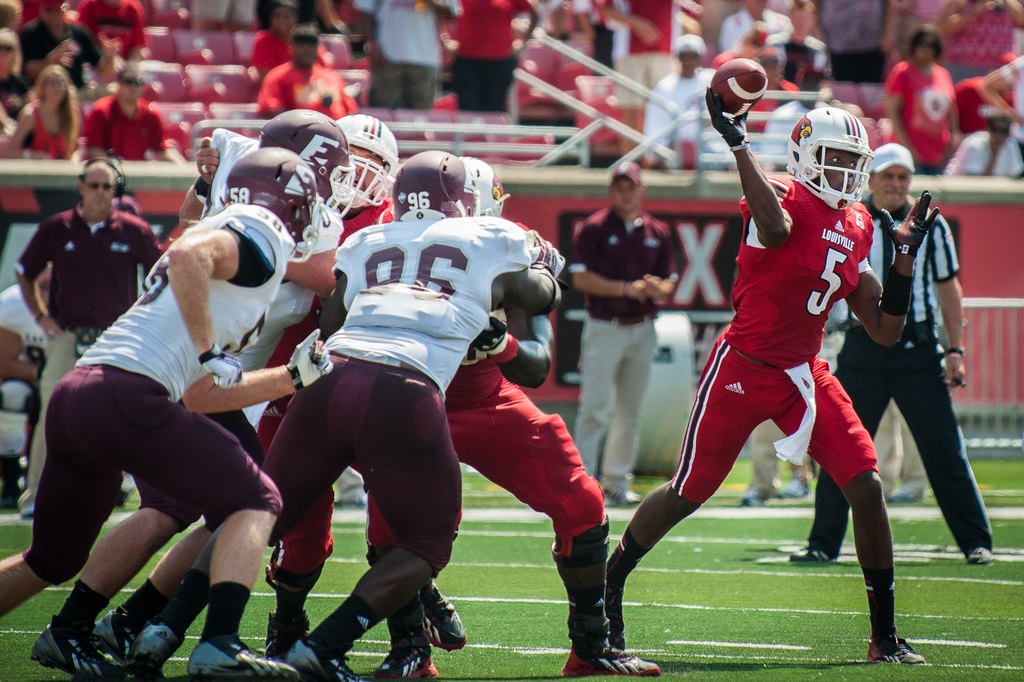WR Paul Richardson, RB Tim Flanders, and QB Dustin Vaughan are intriguing players without the big-top pedigree.
Futures: A Trio of Sleepers
by Matt Waldman
According to most fantasy football writers, the term “Sleeper” is dead, buried, and the wake held in its honor featured a stuffed mushroom dish with creamed spinach and Italian breadcrumbs soaked in butter. Considering that many football writers at the wake sported IV drips topped with Crisco, finger food is always underrated.
Sleepers are still alive in the lexicon of “reality football.” Not that this term is somehow more legit than fantasy football.
Why would it be? Reality football has deteriorated into a wild and wooly sub-genre of Reality TV.
Pick a channel or website and there are weekly installments of the NFL’s Dr. Phil and Dr. Laura, only most of them hide in anonymity when dishing their gossip dressed as pop-psychology. Call me when these 20-something prospects finish adolescence.
On another, there’s the salacious he-said-he-said drama between two former Dolphins. Each episode is so popular that Jerry Springer is taking a pounding in the daytime ratings. Those rubber sheets from the investigative report to Commissioner Goodell might come in handy after all.
Reality Football is a five-ring circus of top prospects, current players, media, former players-turned-media, and Twitter all competing for attention. There’s no room for players under the big top who lack the Q Score of the headlining acts.
With the possible exception of Dallas, the actual game of football isn’t played under a circus tent. Once upon a time, even the Cowboys caught some teams sleeping on developmental players like Tony Romo and Miles Austin.
Joique Bell, Marlon Brown, Alfred Morris, Kenbrell Thompkins, and Brian Hoyer are also testaments to the fact that sleepers are alive and well in the NFL. Here are three of mine for the 2014 NFL Draft. Read the rest at Football Outsiders.




















